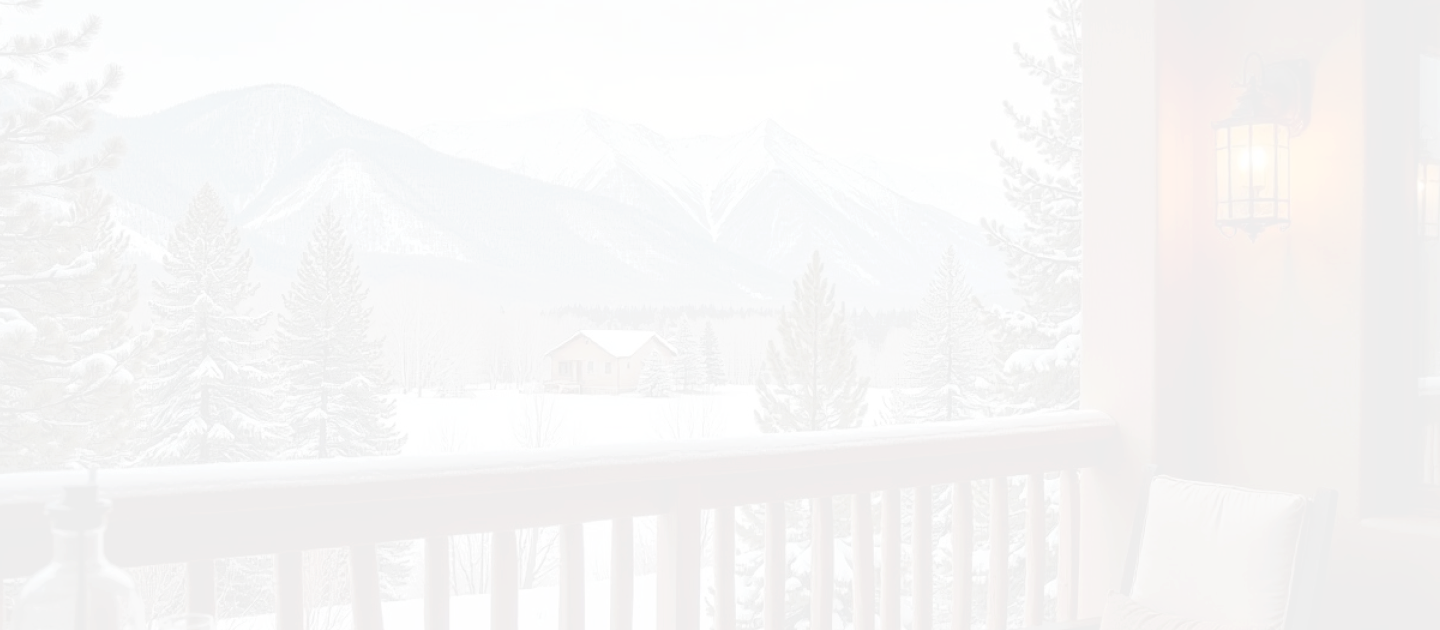Check In
12/15/2025
Check Out
12/16/2025
Rooms
1
Guests Per Room
1


Discover comfort, convenience, and charm at Inn of the Mountain Gods & Casino, a thoughtfully designed vacation rental located in Sierra Blanca Mountains of southern New Mexico. Whether you're here for business, leisure, or a bit of both, our property offers everything you need for a memorable stay — from modern amenities and stylish interiors to easy access to top attractions, dining, and entertainment.
Plan Your Visit
